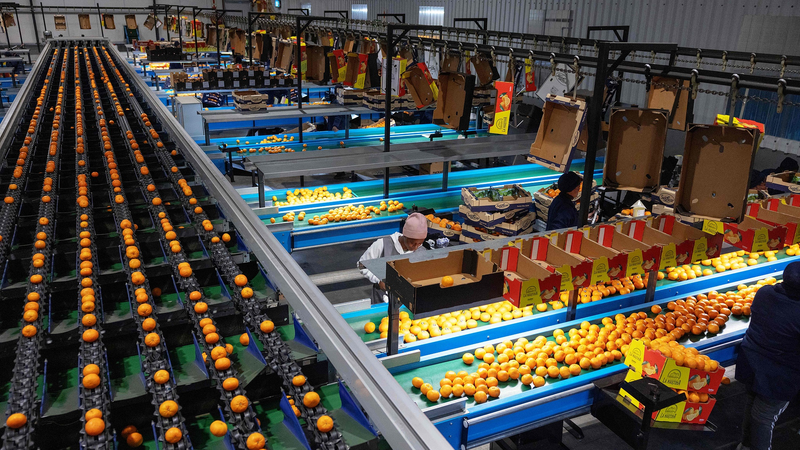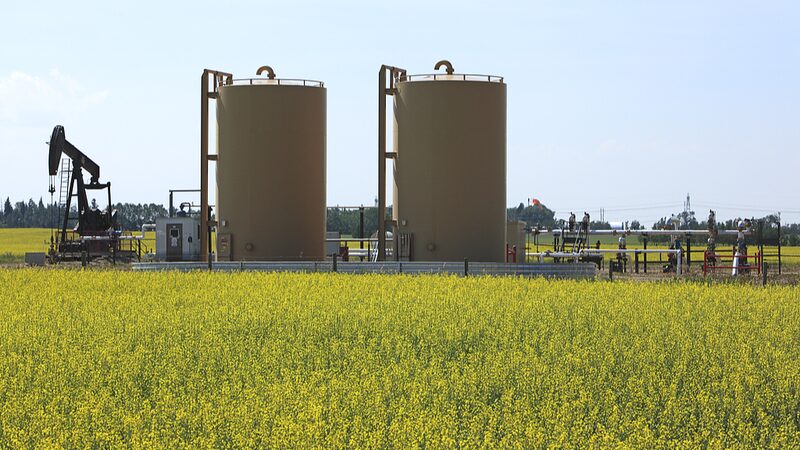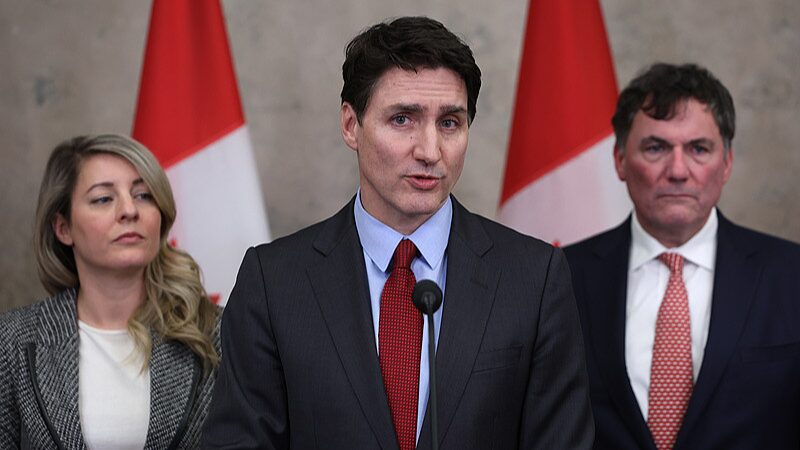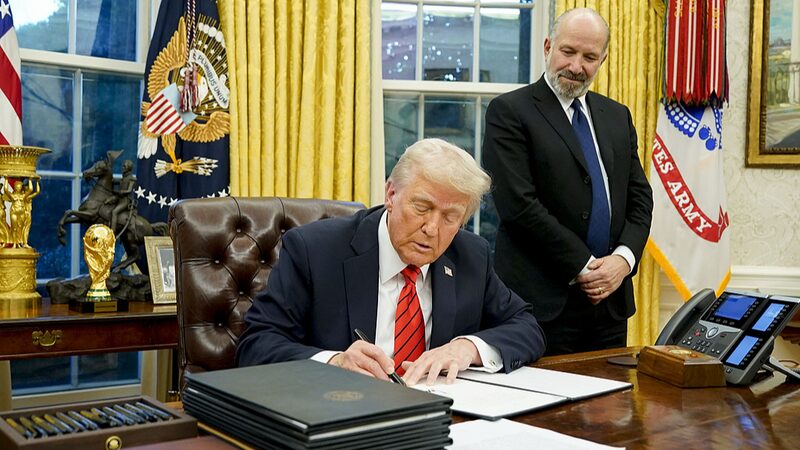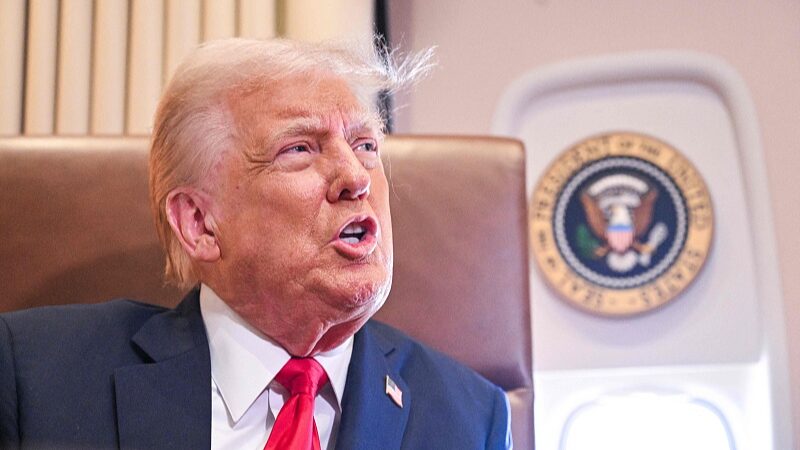New U.S. Trade Measures Reshape Global Dynamics
U.S. President Donald Trump's latest tariff package, targeting over 40 trading partners, has intensified global trade tensions and injected fresh uncertainty into markets. The measures, set to take effect August 7, range from 10% to 41% on imports – with India facing 25% duties and Canada 35% – despite being scaled back from initial April proposals.
Developing Economies Bear the Brunt
Emerging markets face disproportionate impacts, with African, Asian, and Latin American economies confronting average 19% tariffs. India's rupee fell 2% in July amid capital flight, while South Africa estimates 35,000 citrus industry job losses. The OECD projects global growth could drop to 2.9% by 2026, citing trade cost spikes.
Partial Relief Brings New Challenges
While South Korea avoided worst-case 25% auto tariffs through an 11th-hour deal, analysts question the sustainability of agreements requiring $350 billion in U.S. investments. Retail giants like Walmart warn of impending price hikes as import costs rise, with Fitch Ratings downgrading multiple U.S. sectors.
Multilateral Pushback Intensifies
BRICS nations recently condemned "unilateral tariff measures," while China reaffirmed support for WTO-centered trade frameworks. The moves come as affected countries explore export market diversification strategies to reduce U.S. dependency.
Political Calculus in Focus
Observers link the tariff strategy to Republican midterm election preparations, framing it as both economic policy and political positioning. With U.S. growth projected to slow to 1.5% by 2026, the long-term costs of this trade approach remain hotly debated.
Reference(s):
Trump's new tariffs deepen global divides amid economic fallout
cgtn.com
